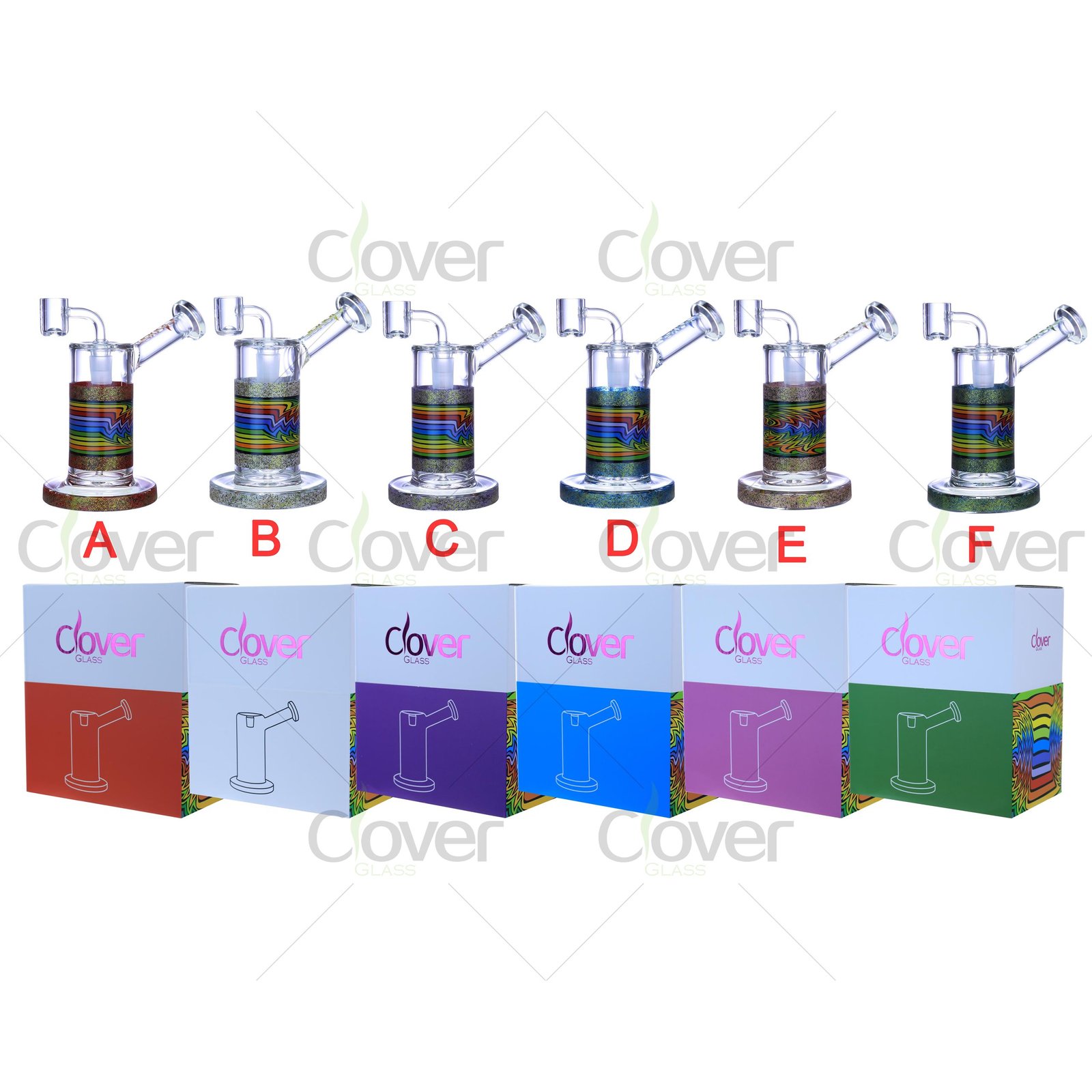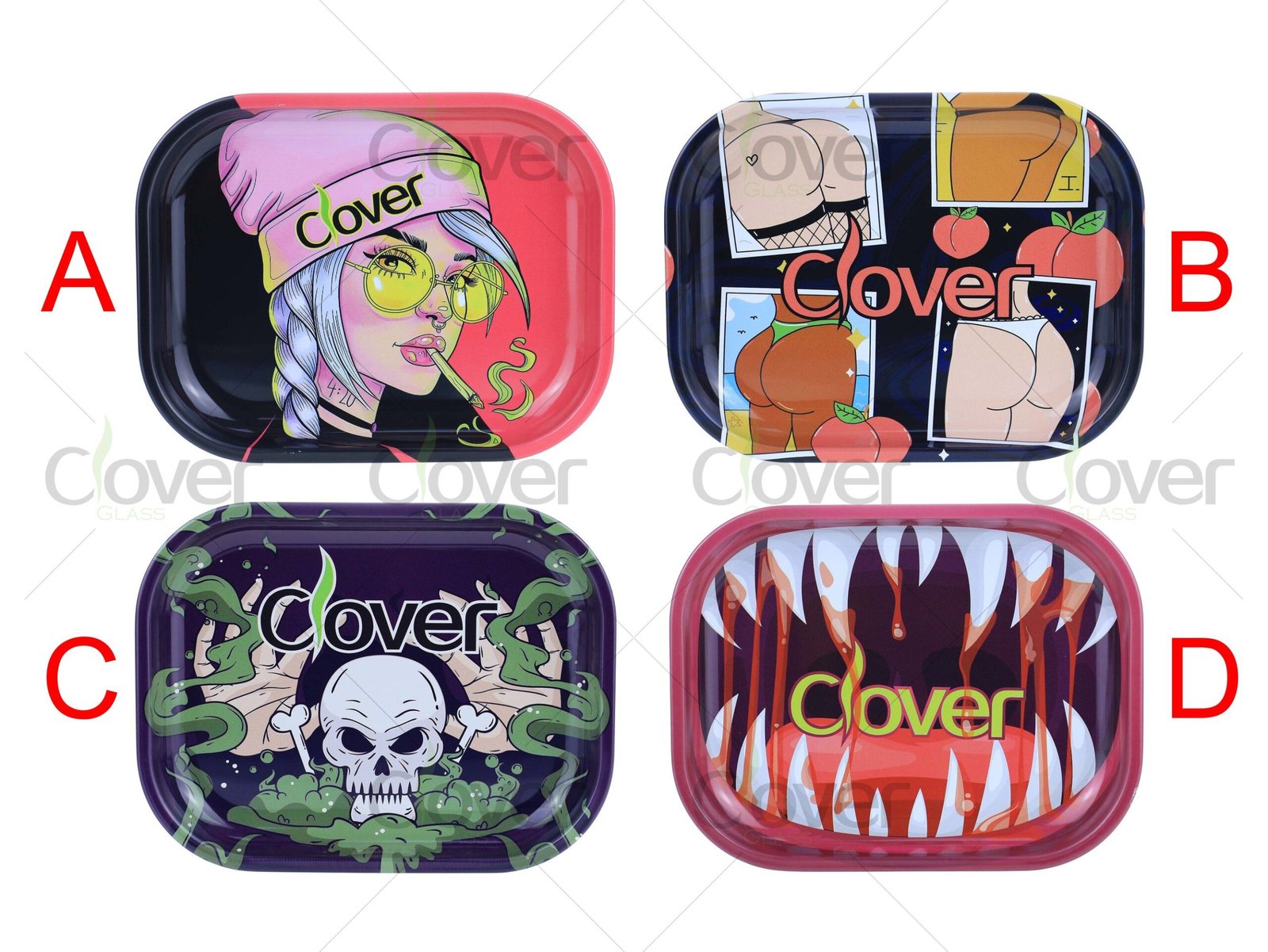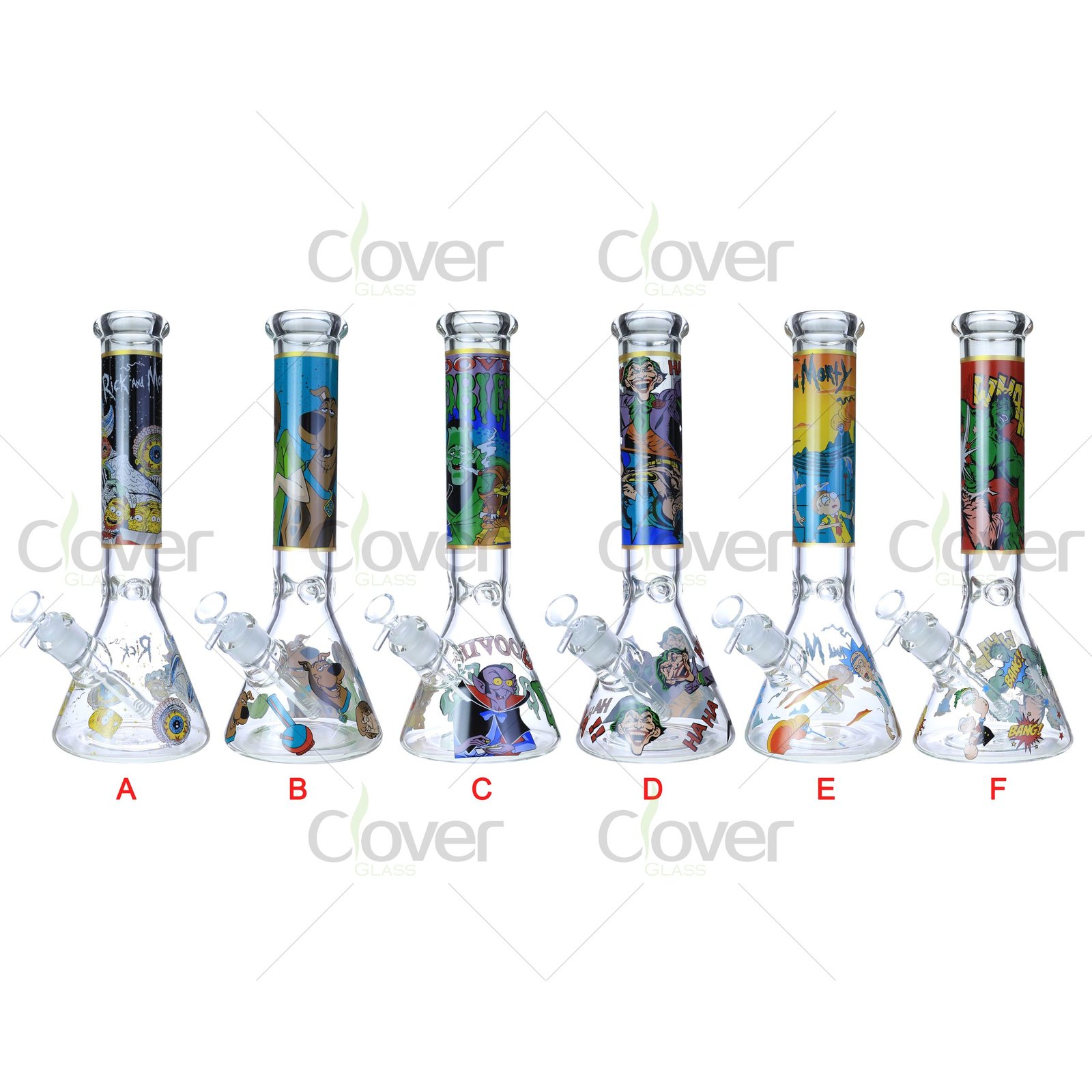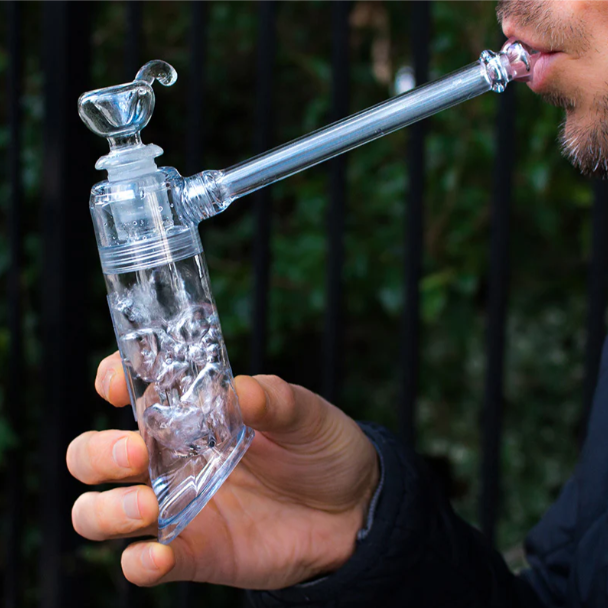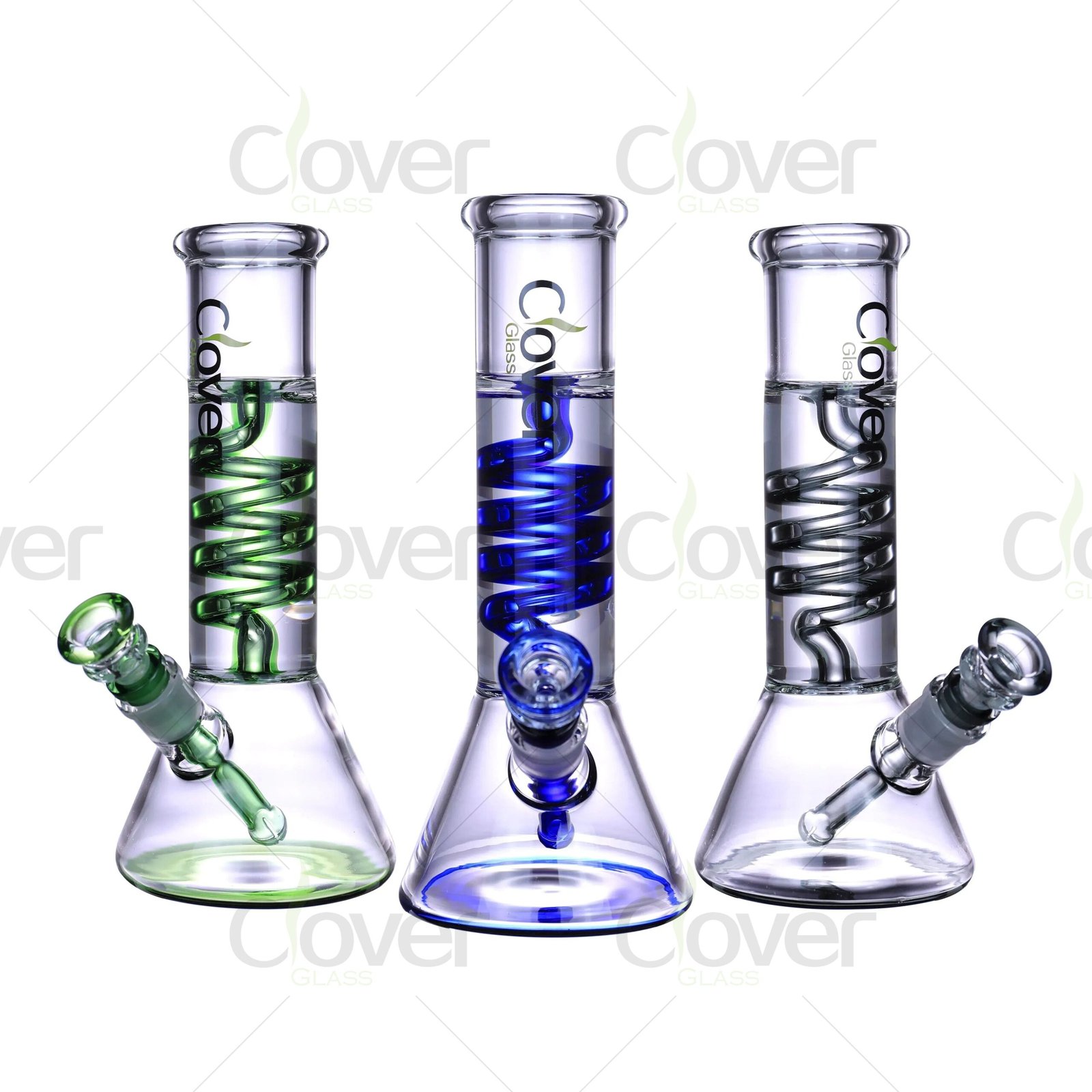Understanding the differences between borosilicate glass and regular glass is crucial for selecting the right materials for your needs.
Borosilicate glass stands out from regular glass due to its superior thermal resistance, durability, and unique composition. Recognizing these differences ensures you choose the right type for your specific applications.
Let’s explore how you can identify borosilicate glass and understand its advantages over regular glass.
What is Borosilicate Glass and Why is it Different from Regular Glass?
What makes borosilicate glass unique compared to standard glass?
Borosilicate glass is made with silica and boron trioxide, giving it enhanced thermal and chemical resistance. Unlike regular glass, it can withstand extreme temperature changes without cracking, making it ideal for various specialized applications.
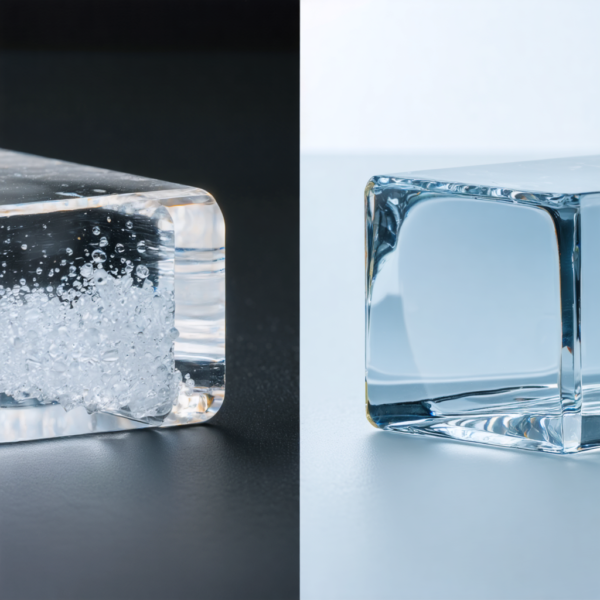
Borosilicate glass differs from regular glass primarily in its composition and properties. Its unique blend of silica and boron trioxide allows it to endure high temperatures and resist thermal shock, which regular glass cannot handle as effectively. This makes borosilicate glass a preferred choice in laboratories, kitchens, and industries where durability and safety are paramount.
Composition and Structure
Borosilicate glass contains about 80% silica and 13% boron trioxide, compared to regular glass, which typically contains around 70-75% silica and higher amounts of sodium oxide and calcium oxide. This composition grants borosilicate glass its remarkable thermal resistance.
Thermal Resistance
One of the standout features of borosilicate glass is its ability to withstand rapid temperature changes. This property, known as thermal shock resistance, means borosilicate glass won’t shatter when exposed to sudden temperature fluctuations, unlike regular glass.
Chemical Resistance
Borosilicate glass is also more resistant to chemicals, making it suitable for use in laboratory settings where it may come into contact with various substances. Regular glass is more prone to etching and degradation when exposed to harsh chemicals.
How to Identify Borosilicate Glass by its Physical Properties
How can you distinguish borosilicate glass from regular glass based on its physical characteristics?
Borosilicate glass typically has a lighter weight, a distinct sound when tapped, and a higher resistance to thermal and chemical stress. These physical properties help in differentiating it from regular glass in practical settings.
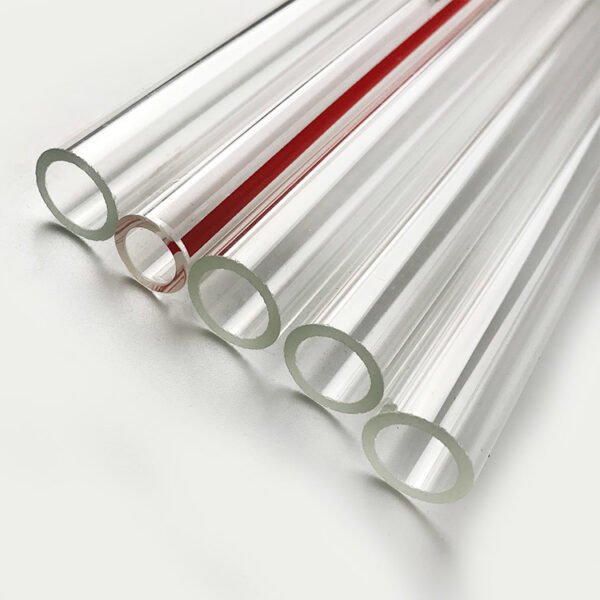
Identifying borosilicate glass involves examining several physical traits. Firstly, borosilicate glass is generally lighter than regular glass due to its unique composition. When tapped, it produces a higher-pitched sound, a subtle but noticeable difference. Additionally, borosilicate glass often has a more uniform thickness and fewer imperfections, contributing to its superior durability and resistance to thermal stress.
Weight and Density
Borosilicate glass is less dense than regular glass, making it lighter and easier to handle. This can be particularly noticeable in laboratory glassware and kitchen items like measuring cups and bakeware.
Sound Test
A simple way to distinguish borosilicate glass is by tapping it gently. Borosilicate glass emits a higher-pitched, clearer sound compared to the duller tone of regular glass. This auditory cue can be a quick identifier in everyday scenarios.
Visual Inspection
Borosilicate glass often appears more transparent and may have a slightly different color hue under certain lighting conditions. Its surface tends to be smoother with fewer visible bubbles or imperfections.
Is Pyrex Really Borosilicate Glass? Understanding the Truth
Is the brand Pyrex still made from borosilicate glass, or has it changed?
Originally, Pyrex was made from borosilicate glass, known for its heat resistance. However, many modern Pyrex products are now manufactured using tempered soda-lime glass, which offers different properties. Understanding this change helps in selecting the right cookware for your needs.

Pyrex has a long history associated with borosilicate glass, renowned for its ability to handle high temperatures without cracking. However, over the years, some Pyrex products have transitioned to using tempered soda-lime glass. This shift was primarily driven by manufacturing efficiencies and cost considerations. While soda-lime glass is less resistant to thermal shock compared to borosilicate, it still offers durability suitable for most kitchen applications. Consumers should check the product specifications to determine the type of glass used in their Pyrex items.
Historical Context
Pyrex was introduced in the early 20th century as a borosilicate glass product, quickly becoming a staple in both laboratory and kitchen settings due to its robustness and heat resistance.
Modern Manufacturing
Today, many Pyrex products are made from tempered soda-lime glass, which is more economical but less resistant to rapid temperature changes. This means they are more prone to shattering if exposed to sudden thermal shocks.
Consumer Implications
For everyday kitchen use, tempered soda-lime Pyrex is generally sufficient. However, for applications requiring extreme thermal resistance, traditional borosilicate glass or other specialized glass types may be preferable.
Key Differences Between Borosilicate Glass and Tempered Glass
How do borosilicate glass and tempered glass differ in terms of properties and uses?
Borosilicate glass is known for its thermal and chemical resistance, making it ideal for scientific and high-temperature applications. Tempered glass, on the other hand, is stronger and shatters into small, less harmful pieces, making it suitable for safety applications like car windows and smartphone screens.

While both borosilicate and tempered glass offer enhanced properties compared to regular glass, they serve different purposes. Borosilicate glass excels in environments requiring high thermal stability and chemical resistance, such as laboratories and kitchenware. Tempered glass is engineered for strength and safety, making it ideal for products that need to withstand impact without causing injury. Understanding these differences ensures you choose the right type of glass for your specific needs.
Strength and Durability
Tempered glass undergoes a process of controlled thermal or chemical treatments to increase its strength. It is designed to be four to five times stronger than regular glass, making it highly resistant to breakage under stress.
Safety Features
When tempered glass breaks, it shatters into small, blunt pieces rather than sharp shards, reducing the risk of injury. This safety feature makes it a preferred choice for automotive windows, shower doors, and smartphone screens.
Thermal Applications
Borosilicate glass’s ability to withstand rapid temperature changes without breaking makes it indispensable in scientific equipment and high-heat kitchen applications, unlike tempered glass, which is more focused on physical durability.
How to Test if Your Glassware is Borosilicate or Regular Glass
What methods can you use to determine if your glassware is made of borosilicate or regular glass?
You can perform a simple heat resistance test or use a specialized glass identifier tool. Observing how the glass reacts to temperature changes and checking for manufacturer labels are effective ways to identify borosilicate glass.

Testing your glassware to determine its composition can be straightforward. One common method is the heat resistance test: gradually heating the glass and observing its reaction. Borosilicate glass will withstand higher temperatures and rapid changes without cracking, unlike regular glass. Additionally, using a glass identifier tool can provide more precise results. Always refer to manufacturer labels or product specifications for accurate identification.
Heat Resistance Test
Carefully heat a small area of the glassware. Borosilicate glass will resist thermal shock and remain intact, whereas regular glass may crack or break under the same conditions.
Manufacturer Labels
Check the bottom or packaging of the glassware for labels indicating "borosilicate" or specific product lines known to use borosilicate glass.
Professional Testing Tools
For a more accurate determination, specialized tools like refractometers can measure the glass’s refractive index, distinguishing borosilicate from regular glass.
Common Uses for Borosilicate Glass and Why It Matters
Why is borosilicate glass preferred in certain applications, and where is it commonly used?
Borosilicate glass is favored in laboratories, kitchenware, and industrial applications due to its durability and resistance to thermal and chemical stress. Its reliability ensures safety and performance in environments that demand high-quality glass materials.
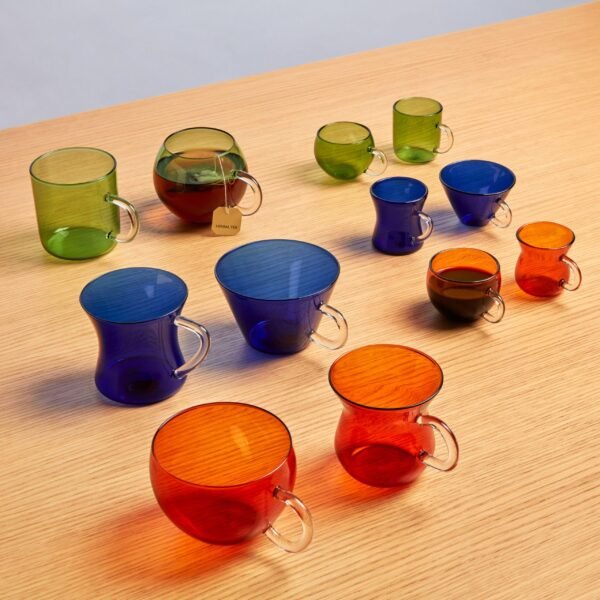
The versatility of borosilicate glass makes it a go-to material in various fields. In laboratories, it is used for beakers, flasks, and other equipment that require precise measurements and resistance to chemicals. In the kitchen, borosilicate glass bakeware and measuring tools endure high oven temperatures and sudden temperature changes. Industrial applications include lighting, automotive components, and electronics, where durability and performance are critical. Understanding its common uses highlights the importance of selecting the right glass type for your specific needs.
Laboratory Equipment
Borosilicate glass’s resistance to thermal and chemical changes makes it ideal for precise scientific instruments and experiments.
Kitchenware
Bakeware, measuring cups, and storage containers benefit from borosilicate glass’s ability to handle high temperatures and resist stains and odors.
Industrial Applications
In industries such as automotive and electronics, borosilicate glass is used for its strength and ability to withstand harsh environments.
Conclusion
Distinguishing borosilicate glass from regular glass ensures you choose the right material for durability, safety, and performance in various applications.


